Amazing Companion Plants For Limelight Hydrangeas
Amazing Companion Plants for Limelight Hydrangeas
Limelight hydrangeas are a popular choice for gardeners because of their large, showy blooms and relatively easy care. But what plants should you pair with them to create a beautiful and harmonious garden?
In this blog post, we will explore some of the best companion plants for limelight hydrangeas. We will discuss their different growth habits, light and soil requirements, and color palettes. We will also provide some tips on how to plant and care for these companion plants so that you can create a stunning garden that will last for years to come.
Hostas
Hostas are one of the best companion plants for limelight hydrangeas. They have similar light and soil requirements, and their large, lush leaves provide a perfect backdrop for the hydrangea's blooms. Hostas come in a wide variety of colors, so you can easily find one that will complement the color of your hydrangeas.
Ferns
Ferns are another great choice for companion plants for limelight hydrangeas. They add a delicate, lacy touch to the garden, and their different textures and shapes provide visual interest. Ferns also prefer moist, shady conditions, just like limelight hydrangeas.
Azaleas
Azaleas are a beautiful flowering shrub that is native to East Asia. They come in a wide variety of colors, including pink, purple, white, and red. Azaleas prefer acidic soil, so they make a good companion plant for limelight hydrangeas, which also prefer acidic soil.
Coral bells
Coral bells are a low-growing perennial that produces clusters of bell-shaped flowers in shades of pink, red, and white. They prefer moist, well-drained soil and partial shade. Coral bells are a good choice for companion plants for limelight hydrangeas because they bloom at the same time and have similar light and soil requirements.
Helenium
Helenium, also known as sneezeweed, is a tall, upright perennial that produces large, daisy-like flowers in shades of yellow, orange, and red. Helenium prefers full sun and well-drained soil. It is a good choice for companion plants for limelight hydrangeas because it blooms at the same time and provides a splash of color.
Sedum
Sedum is a succulent plant that comes in a variety of colors, including green, yellow, orange, and red. Sedums are drought-tolerant and can thrive in poor soil. They are a good choice for companion plants for limelight hydrangeas because they require very little care and can add a touch of color to the garden even in dry conditions.
Hakonechloa macra
Hakonechloa macra, also known as Japanese forest grass, is a low-growing, ornamental grass that produces cascading blades of green, yellow, or red. It prefers partial shade and moist soil. Hakonechloa macra is a good choice for companion plants for limelight hydrangeas because it adds movement and texture to the garden.
Monarda
Monarda, also known as bee balm, is a tall, upright perennial that produces spikes of tubular flowers in shades of red, pink, and purple. Monarda prefers full sun and well-drained soil. It is a good choice for companion plants for limelight hydrangeas because it blooms at the same time and attracts pollinators to the garden.
Conclusion
These are just a few of the many companion plants that you can grow with limelight hydrangeas. By carefully selecting plants that have similar light and soil requirements, you can create a beautiful and harmonious garden that will last for years to come.
If you're looking for the perfect companion plants for your limelight hydrangea, look no further than Gardenia Inspiration. This website has a comprehensive list of plants that will complement the beauty of your hydrangea and help it thrive. From shade-loving plants to those that prefer full sun, Gardenia Inspiration has something for everyone.
Here are a few of the many companion plants that are recommended for limelight hydrangeas:
- Hostas: These shade-loving plants offer stunning foliage in blue, yellow, and green. The white blooms of the limelight hydrangea look spectacular when paired with variegated varieties of hostas.
- Ferns: Ferns are another excellent choice for companion plants for limelight hydrangeas. They provide a delicate lacy contrast to the hydrangea's large blooms.
- Azaleas: Azaleas bloom in the spring, which will provide your garden with season-long flowers when paired with a hydrangea which typically blooms all summer long. Azaleas come in a variety of pinks, reds, and whites.
- Sneezeweed: This native North American plant is known for its bright yellow blooms. It's a great choice for adding a pop of color to your garden.
- Sedum: Sedums are drought-tolerant plants that come in a variety of colors. They're a great choice for adding texture and interest to your garden.
No matter what your gardening style or preferences, you're sure to find the perfect companion plants for your limelight hydrangea at Gardenia Inspiration. So what are you waiting for? Visit Gardenia Inspiration today!
FAQ of limelight hydrangea companion plants
1. What are some good companion plants for limelight hydrangeas?
Limelight hydrangeas are tall, bushy shrubs that can grow up to 6 feet tall and wide. They have large, showy blooms that can range in color from white to pink to blue, depending on the soil pH. Some good companion plants for limelight hydrangeas include:
- Daylilies: Daylilies are long-blooming perennials that come in a wide variety of colors. They can help to fill in the space around the limelight hydrangeas and provide additional interest in the garden.
- Butterfly bushes: Butterfly bushes are another great choice for companion plants for limelight hydrangeas. They attract butterflies and other pollinators, which can help to keep your garden healthy and thriving.
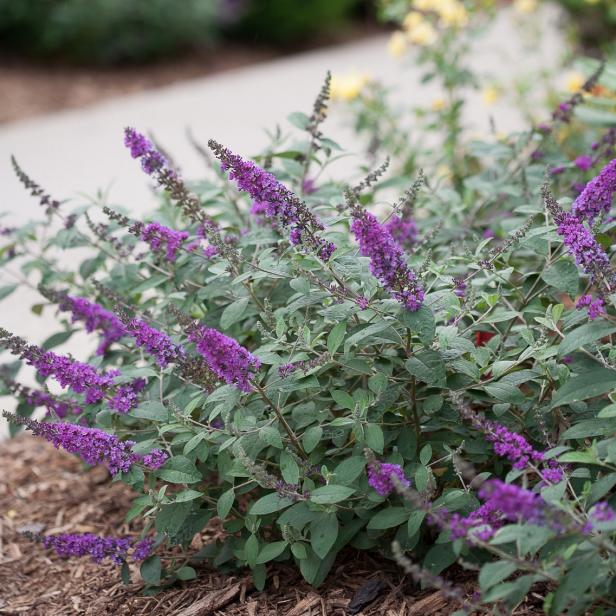
- Coneflowers: Coneflowers are hardy perennials that come in a variety of colors, including purple, pink, and white. They can add height and interest to your garden, and they also attract butterflies and other pollinators.
- Lavender: Lavender is a low-maintenance shrub that is known for its sweet fragrance. It can help to deter pests and attract beneficial insects, and it can also help to improve the drainage around your limelight hydrangeas.

- Hostas: Hostas are shade-loving perennials that come in a variety of leaf shapes and colors. They can help to fill in the space around your limelight hydrangeas and provide interest in the garden during the summer months.
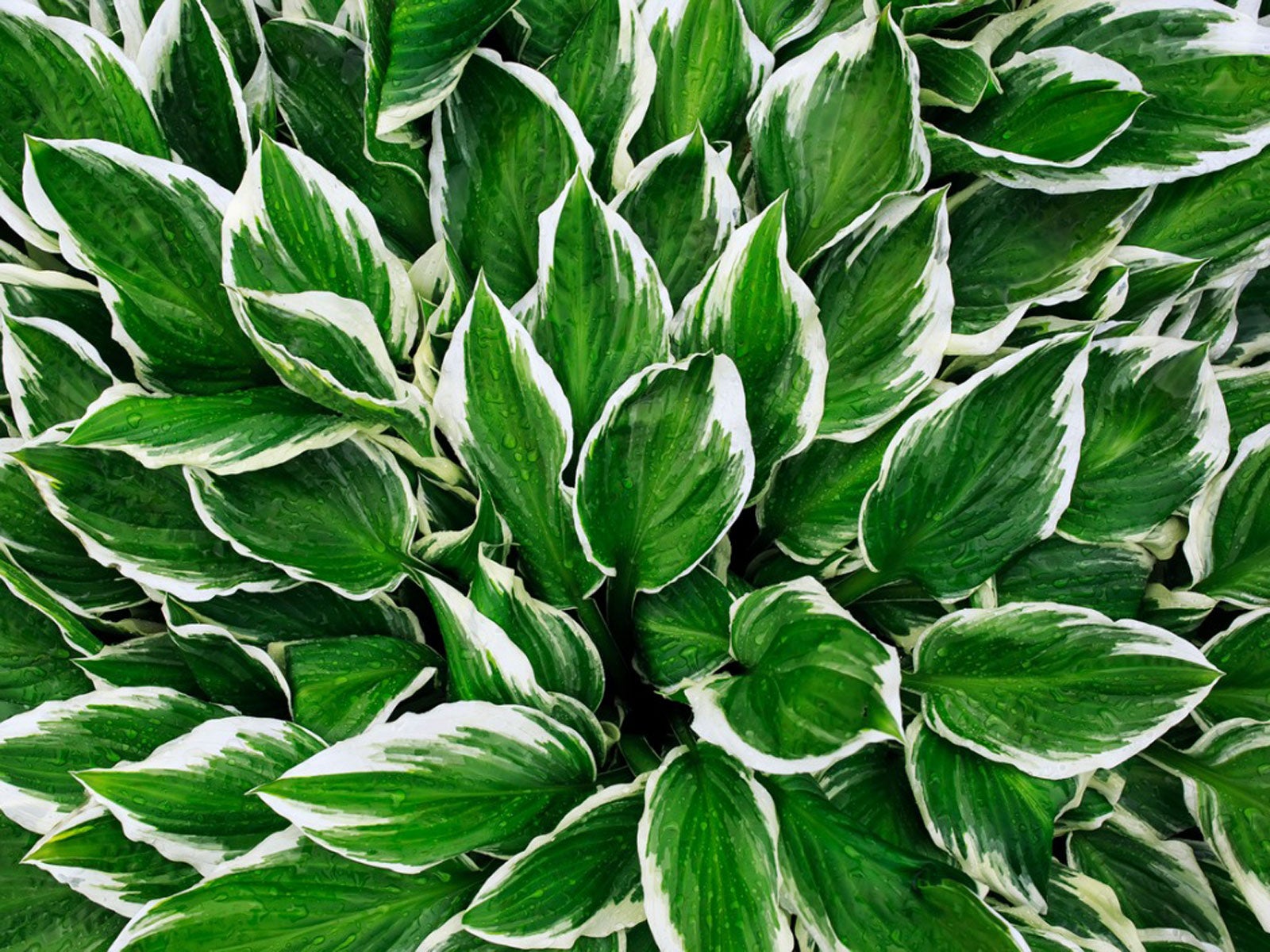
2. What are the ideal growing conditions for limelight hydrangeas?
Limelight hydrangeas prefer full sun in cold climates, but they can tolerate afternoon shade in warmer climates. They need well-drained soil that is rich in organic matter. The soil pH should be between 5.5 and 6.5 for the best flower color.
3. How do I care for limelight hydrangeas?
Limelight hydrangeas are relatively easy to care for. They need to be watered regularly, especially during the hot summer months. They should also be fertilized once a year in the spring with a balanced fertilizer. To encourage the best flower color, you can apply aluminum sulfate to the soil around your limelight hydrangeas in the spring.
4. How do I propagate limelight hydrangeas?
Limelight hydrangeas can be propagated by taking cuttings in the spring or summer. To take a cutting, choose a healthy stem that is about 6 inches long. Remove the leaves from the bottom half of the cutting and dip the cut end in rooting hormone. Plant the cutting in a pot of well-drained potting mix and keep the soil moist. The cutting should root in about 4-6 weeks.
5. What are some common problems with limelight hydrangeas?
The most common problems with limelight hydrangeas are leaf spot, powdery mildew, and aphids. Leaf spot is a fungal disease that can cause brown or black spots on the leaves. Powdery mildew is a fungal disease that can cause a white, powdery coating on the leaves. Aphids are small, sap-sucking insects that can cause the leaves to wilt and curl.
To prevent these problems, it is important to water your limelight hydrangeas regularly and to fertilize them once a year. You should also deadhead the flowers regularly to prevent the spread of disease. If you do see any signs of a problem, you can treat it with a fungicide or an insecticide.
Image of limelight hydrangea companion plants
- Agapanthus is a tall, herbaceous perennial that blooms in summer with clusters of blue, white, or pink flowers. It is a good companion plant for limelight hydrangeas because it shares their sun and moisture requirements.
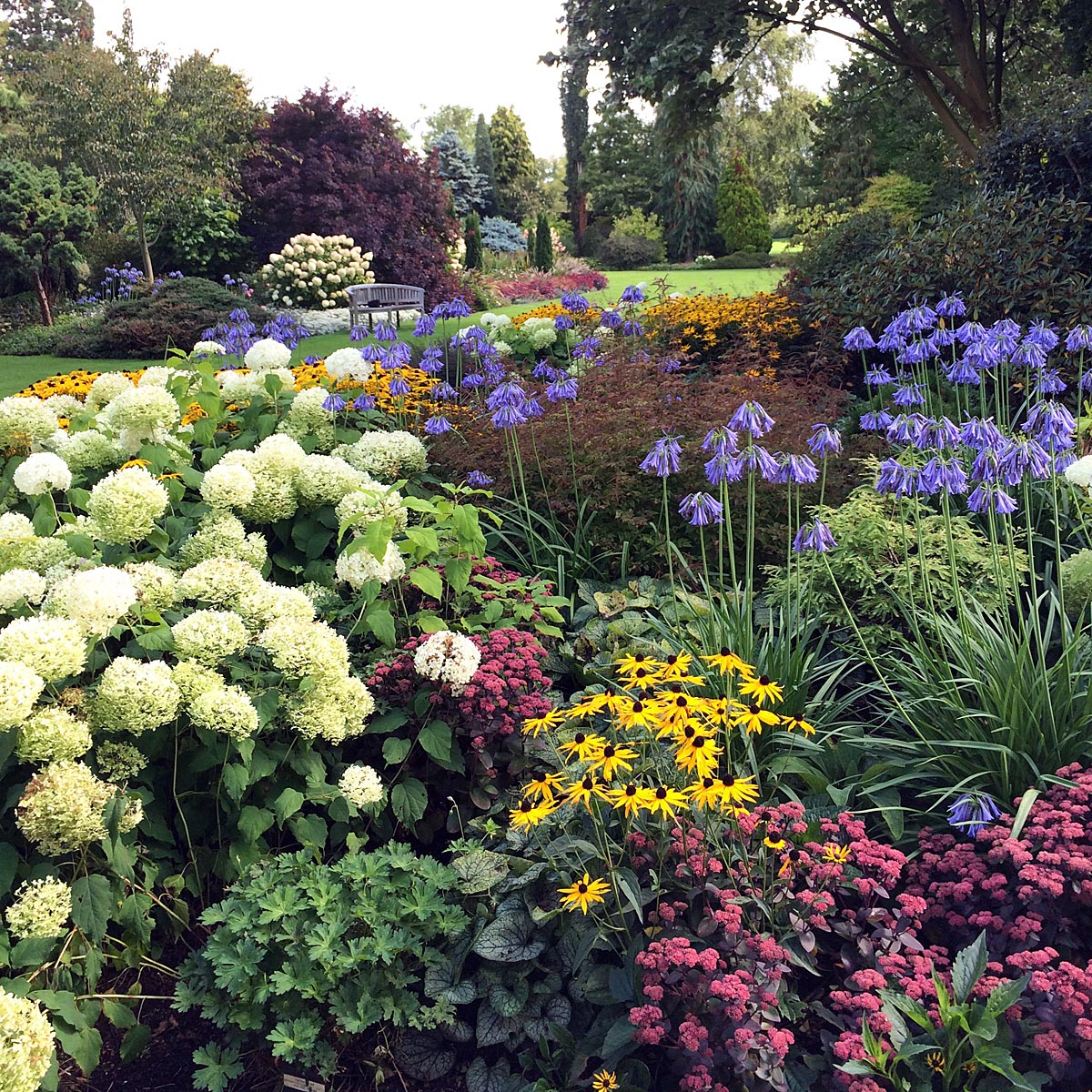
- Coral bells is a low-growing perennial that blooms in summer with clusters of bell-shaped flowers. It is a good companion plant for limelight hydrangeas because it can tolerate shade and it has a long bloom period.
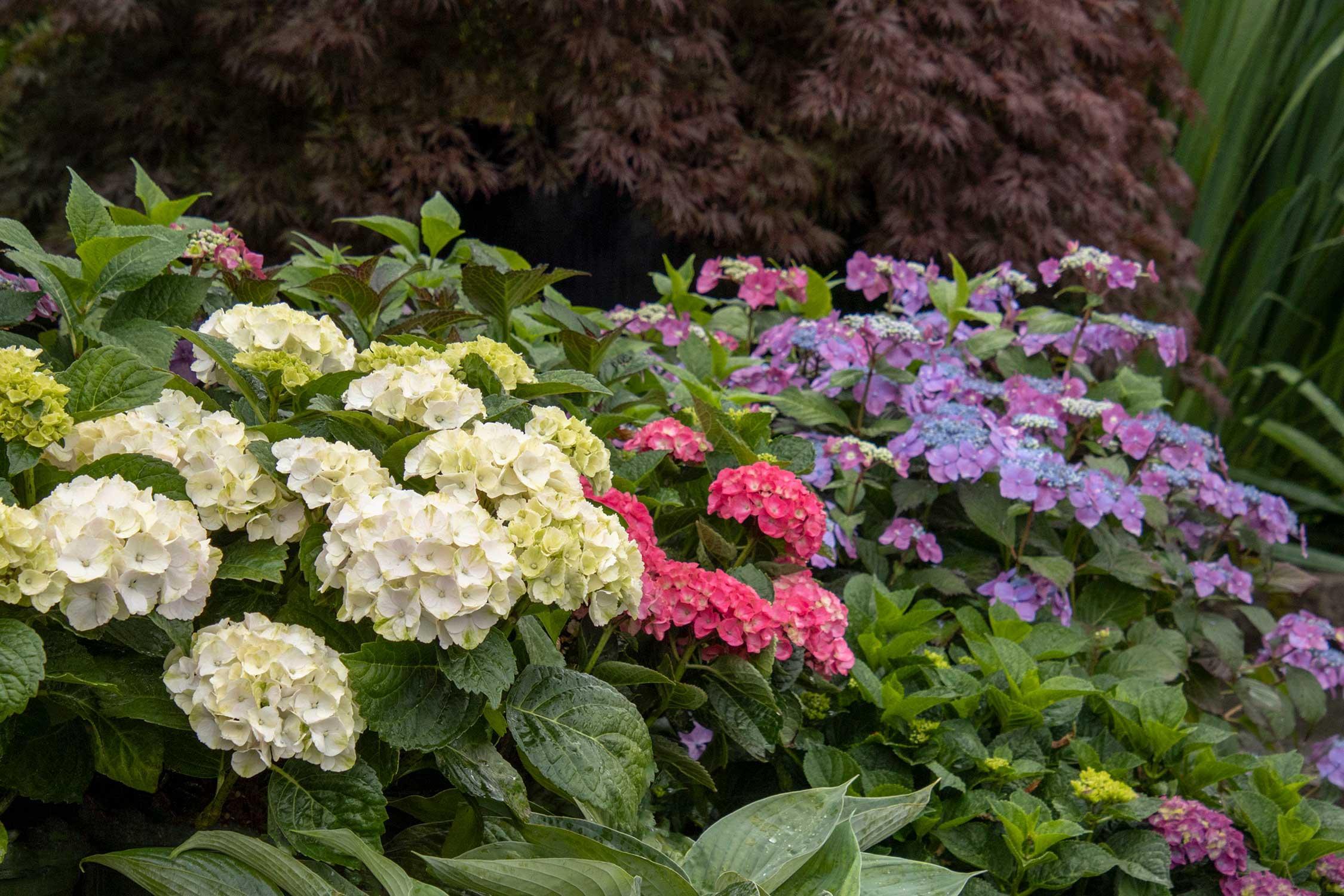
- Hostas are shade-loving perennials that can tolerate a wide range of soil conditions. They are a good companion plant for limelight hydrangeas because they provide interest and color in the garden during the spring and summer when the hydrangeas are not in bloom.
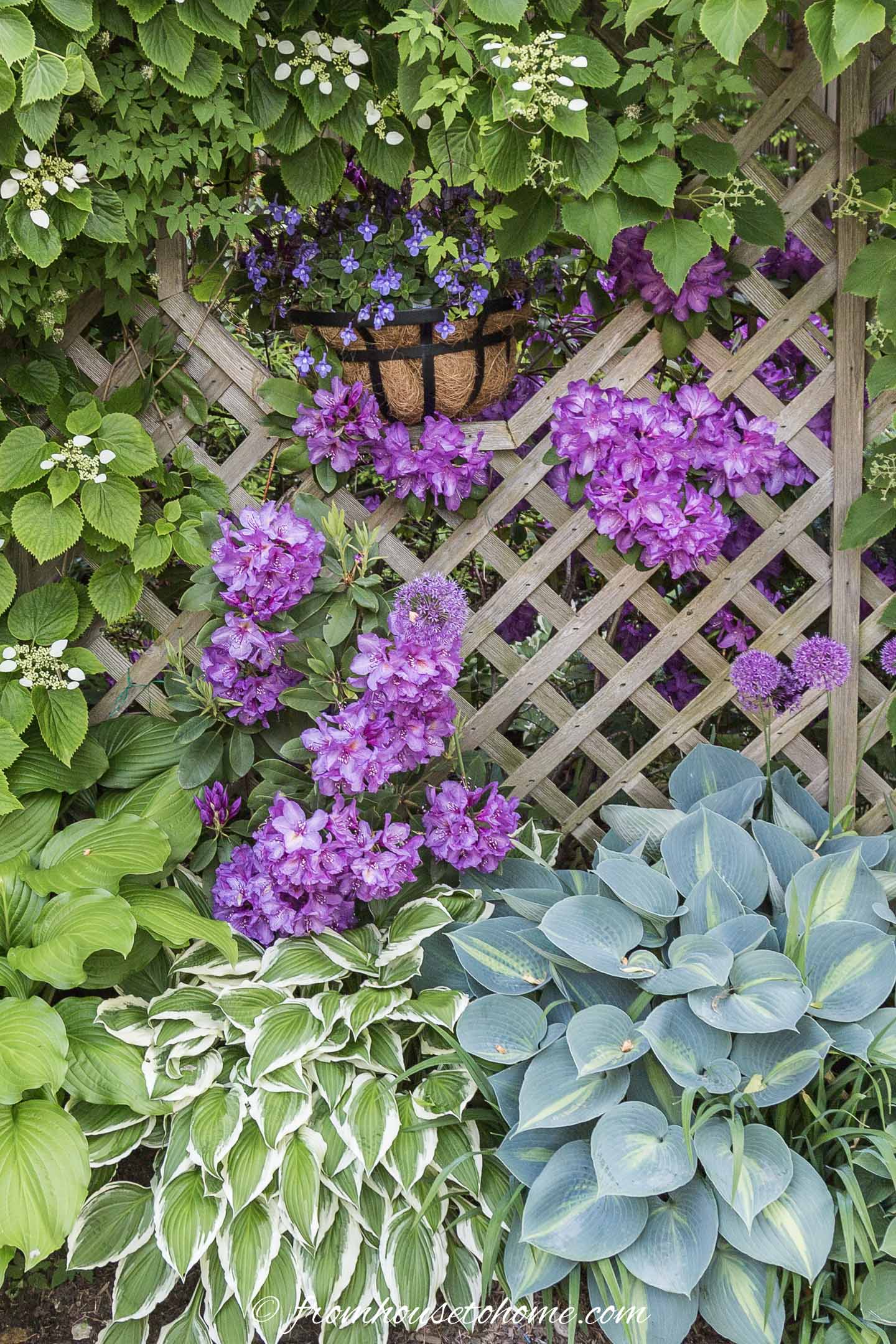
- Lilacs are deciduous shrubs that bloom in spring with fragrant flowers. They are a good companion plant for limelight hydrangeas because they have similar light and moisture requirements.
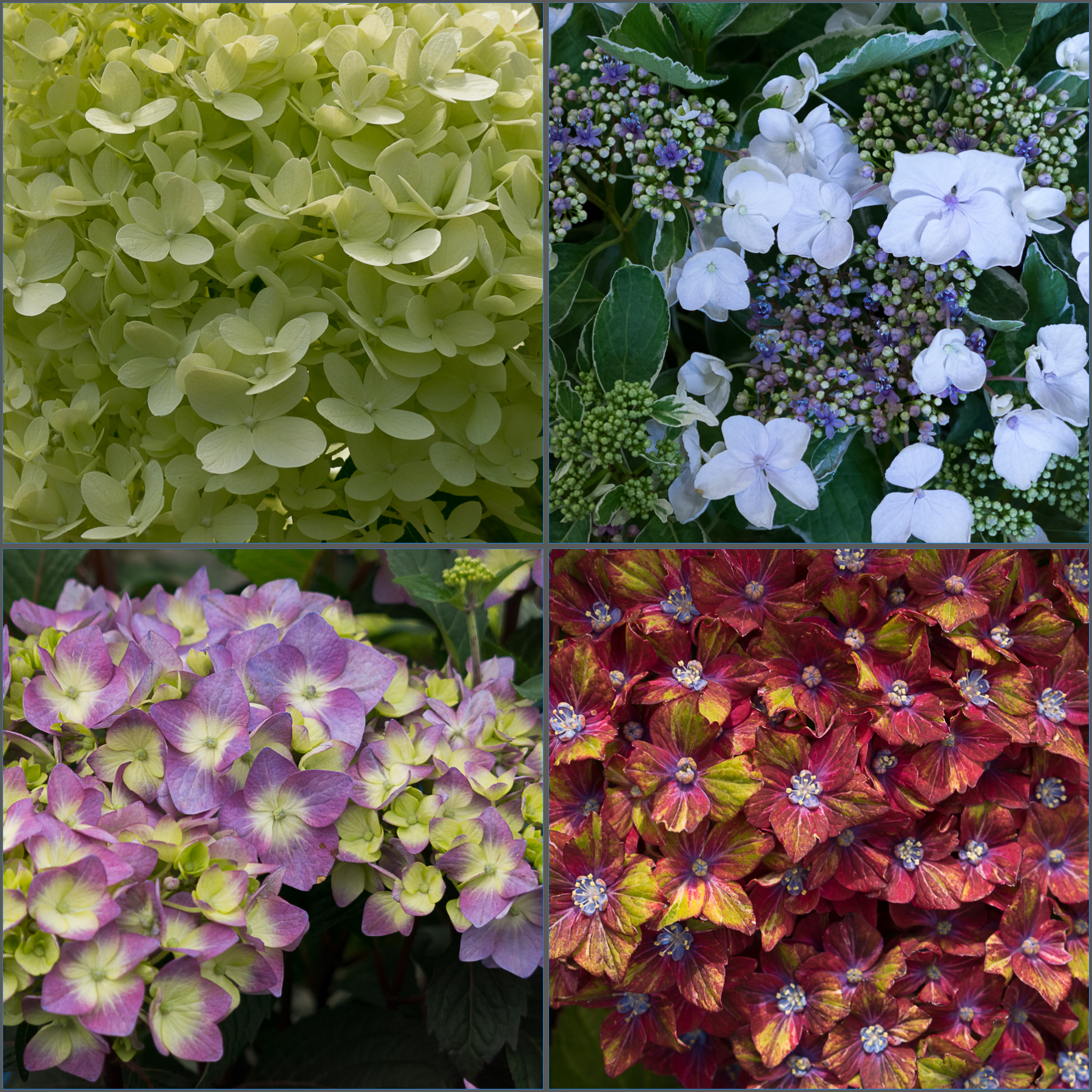
- Rudbeckia is a tall, herbaceous perennial that blooms in summer with daisy-like flowers. It is a good companion plant for limelight hydrangeas because it attracts butterflies and other pollinators.

Post a Comment for " Amazing Companion Plants For Limelight Hydrangeas"